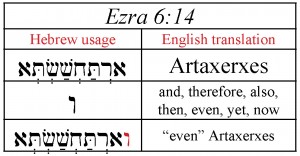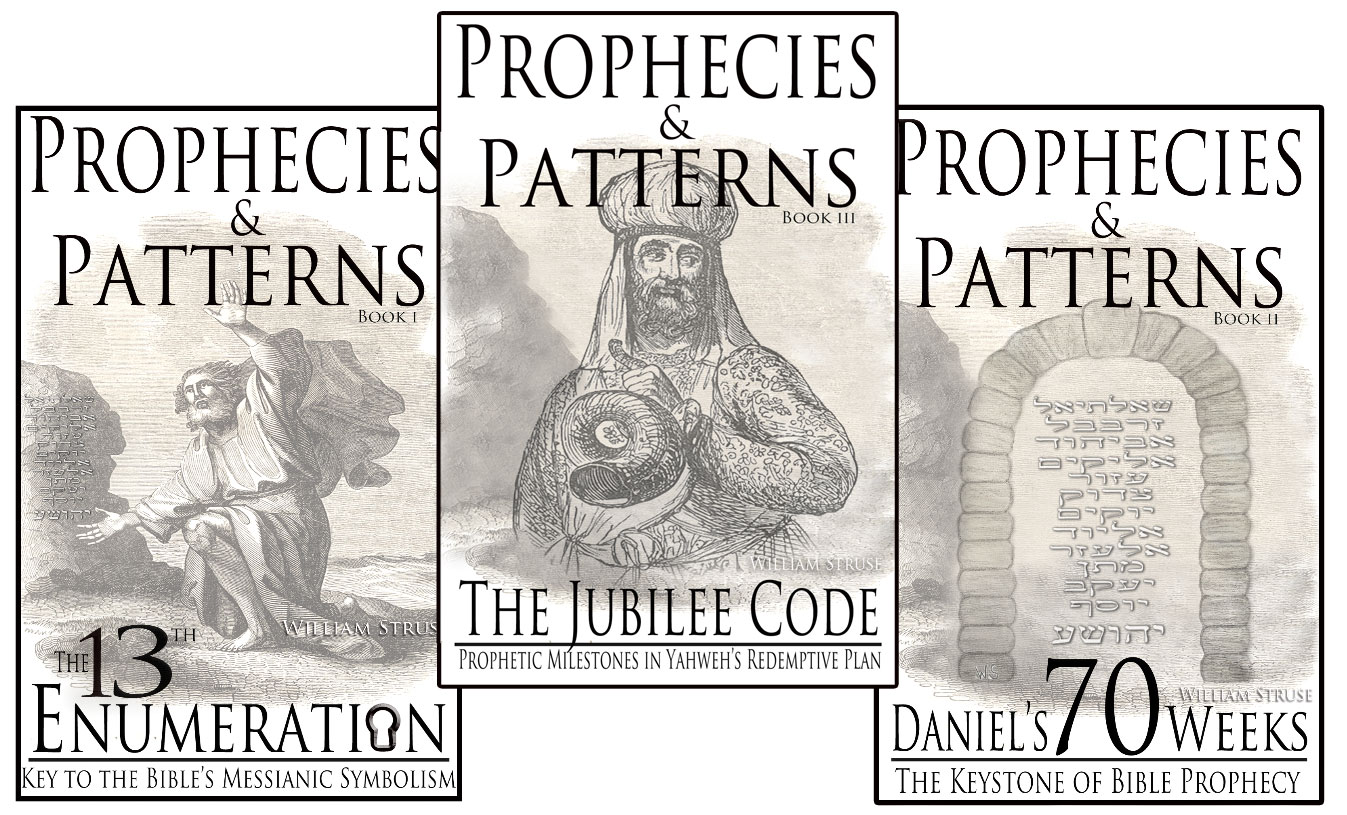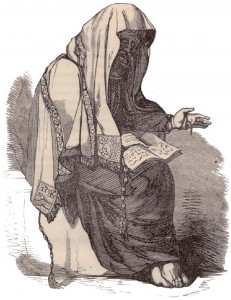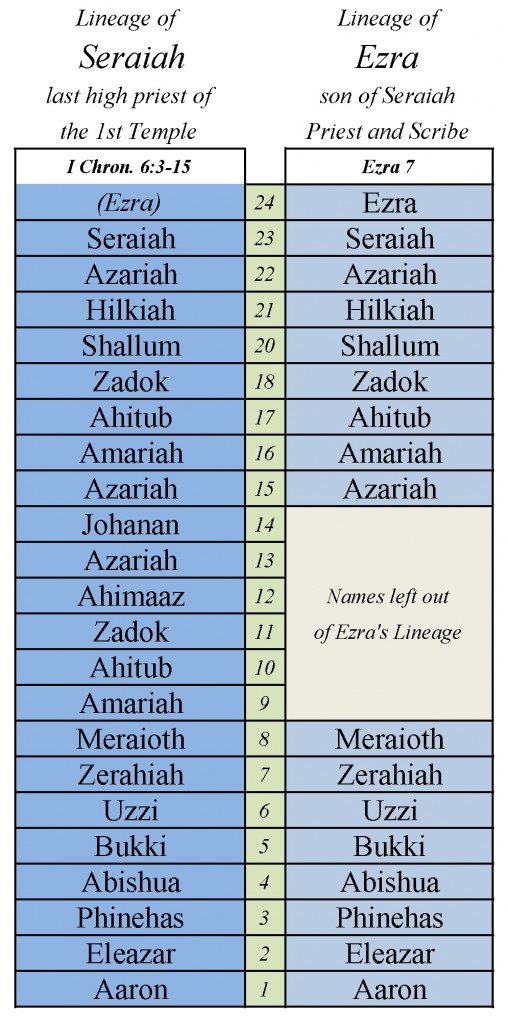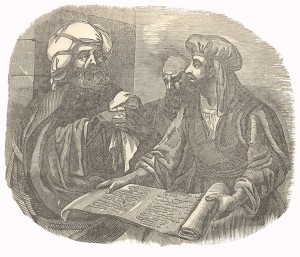 If I told you that today in this article I was going to set aside the most natural plain sense reading of the books of Ezra and Nehemiah and instead adjust their chronology because this specific era in Biblical history doesn’t jive with what we know from secular sources, what would your reaction be?
If I told you that today in this article I was going to set aside the most natural plain sense reading of the books of Ezra and Nehemiah and instead adjust their chronology because this specific era in Biblical history doesn’t jive with what we know from secular sources, what would your reaction be?
My hope is that such an approach would raise all sorts of red flags to you as it should all of us when someone takes such liberties with the Biblical record. I believe the Bible should be read with the assumption that it is an accurate and reasonable rendering of real history. When it makes a historical statement, I believe our primary response should be to take it at face value and in good faith. Only after we have clear guidance from the context and related passages should we look for an alternative interpretation. This is what many call the Golden Rule of Biblical Interpretation as most eloquently described by Dr. David Cooper:
“When the plain sense of Scripture makes common sense, seek no other sense; therefore, take every word at its primary, ordinary, usual, literal meaning unless the facts of the immediate context, studied in the light of related passages and axiomatic and fundamental truths, indicate clearly otherwise.” –Dr. David L. Cooper (1886-1965),
I can tell you that the times I’ve made the greatest interpretational errors have been when I’ve ignored this Rule of Biblical Interpretation.
While most scholars believe this rule is a valuable guild when interpreting the Scripture, I can tell you it is easier said than done. Which brings me to today’s subject. There is one place in the Biblical record where even some of the most notable Biblical scholars of our day still stumble over this rule. That place is the 2nd temple era chronology of Ezra and Nehemiah in general and more particularly the chronology of the priests and Levites mentioned in these books.
The more I’ve studied this subject the more disconcerting it is to see the length many of my peers go to discount a common sense reading of Ezra and Nehemiah. Case in point, the following quote comes from Mr. Lanser’s (of Associates for Biblical Research) article The Seraiah Assumption where he takes my writings on the 2nd temple era to task. In the following quote I’ve excerpted from Mr. Lanser’s article so I’d encourage you to read the entire article to get the full context. As you’ll see Mr. Lanser starts out on the right foot, but then abandons his own criteria without actually applying the context he admits is necessary to ascertain an accurate understanding of the passage. Please note, as I’ll explain more fully below, Mr. Lanser is explaining why the priests and Levites as enumerated in Nehemiah 10 & 12 cannot be taken in their most natural and plain sense understanding, but must be read papponymically (i.e. common names do not necessary refer to the same person but can refer to an ancestor by the same name).
Some—notably Jeshua, Seraiah, Azariah, Meshullam and Shallum—demonstrate the phenomenon of papponymy, where a man’s name skips a generation and shows up again in a grandson. This phenomenon means keying on name repetitions alone is not a reliable way to construct a chronology. There is also the ambiguity raised by the repeated use of culturally common names among unrelated people. Anyone who has paid any attention to genealogies in Scripture has noticed that the same names are used for many different individuals. (The Seraiah Assumption by Rick Lanser)
With such examples before us, how can we possibly use name matching alone to claim that Sir Robert Anderson erred in understanding “Artaxerxes” in Ezra 6:14 as Artaxerxes I Longimanus? Confronted with biblical evidence that using the same names in multiple generations was a common thing, we cannot simply find the same names in different lists of priests, Levites or gatekeepers, and claim that this repetition proves they were the same person. The only way to tell if a given name refers to the same person is by context and tying in at least some other names in an ancestral line. (The Seraiah Assumption by Rick Lanser)
Regarding Ezra’s and Nehemiah’s relationship to the priests and Levites of Nehemiah 10 and 12, Mr. Lanser concludes with the following summary in his section on Answering Struse’s Six Biblical Challenges:
-
- The priests and Levites of Nehemiah 10 are from the third post-exilic generation, when Ezra read the Law to the people when Nehemiah was governor and Eliashib was high priest, while those listed in Nehemiah 12:1–9 were from the original post-exilic generation under Zerubbabel and Jeshua. The name repetitions must be attributed to papponymy and the use of culturally common names—identical names, but not identical individuals. (The Seraiah Assumption by Rick Lanser)
I again I encourage each of you to go back and read Mr. Lanser’s entire article again (here) to get the full context of his words. You’ll find his fuller thoughts on the subject under the heading Examining the Eliashib Assumption.
The Papponymy Assumption
Here is the crux of the problem. Many of the priests and Levites who came up with Joshua and Zerubbabel in the 1st year of Cyrus (536 BC) appear in the list of priests and Levites who were sealed with Nehemiah in the 20/21st year of a Persian “Artaxerxes”. If the Artaxerxes of Nehemiah be the Persian king Longimanus (as Mr. Lanser and many of our peers claim) then many of those priests and Levites would have been 120+ years old. This proposition nearly all Biblical scholars (including Mr. Lanser) agree is untenable.
To get around this difficult problem Mr. Lanser and most of his peers resort to some variation of a Papponymy Assumption. What that means, is Mr. Lanser must assume that same names given in the lists of Nehemiah 10 and 12 are not the same men but rather one of their descendants who bore the same name generations later.
Mr. Lanser is correct that the Bible often uses the same name in succeeding generations but having said that, this in no way gives us license to automatically assume papponymy and discount the most natural reading of the text. What is most disconcerting about Mr. Lanser’s conclusion above is that in his article he didn’t even take the time to show why he believes the names found in Nehemiah 10 and 12 were used papponymically.
In this week’s article I’ll show you why the priests and Levites of Nehemiah 10 and 12 are not papponymic lists separated by decades but rather straight forward chronological statements that prove Ezra and Nehemiah were contemporaries of Jeshua and his son Joiakim, the high priests, as well as contemporaries of Darius I ‘The Great’ whom the Bible identifies as “Artaxerxes”.
Who Returned with Joshua and Zerubbabel?
Our exploration of the subject begins with the decree of Cyrus and the first group of priests and Levites repatriated to Judea and Jerusalem. We start with the accounts of Ezra and Nehemiah:
Ezra 2:1-2 Now these are the children of the province that went up out of the captivity, of those which had been carried away, whom Nebuchadnezzar the king of Babylon had carried away unto Babylon, and came again unto Jerusalem and Judah, every one unto his city; 2 Which came with Zerubbabel: Jeshua, Nehemiah, Seraiah, Reelaiah, Mordecai, Bilshan, Mispar, Bigvai, Rehum, Baanah…
Nehemiah 7:5-7 5 And my God put into mine heart to gather together the nobles, and the rulers, and the people, that they might be reckoned by genealogy. And I found a register of the genealogy of them which came up at the first, and found written therein,
6 These are the children of the province, that went up out of the captivity, of those that had been carried away, whom Nebuchadnezzar the king of Babylon had carried away, and came again to Jerusalem and to Judah, every one unto his city; 7 Who came with Zerubbabel, Jeshua, Nehemiah, Azariah, Raamiah, Nahamani, Mordecai, Bilshan, Mispereth, Bigvai, Nehum, Baanah.
Taken at face value these two passages give us a list of a group of core leading men who returned with Joshua and Zerubbabel after Cyrus allowed the Jewish captives to return in 536 BC. As I demonstrated in my last couple of articles (here & here) the Mordecai listed in these two passages is most likely the Mordecai of the book of Esther. After evaluating the evidence presented in this article I believe you’ll find a compelling reason to conclude that the Nehemiah mentioned in these passages is in fact the same man who nearly thirty-six years later would become the governor of Jerusalem as described in the book that bears his name.
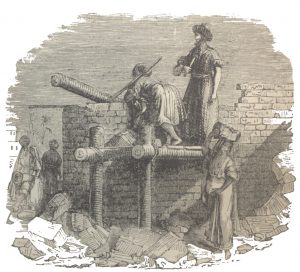 The 2nd Year of the Return
The 2nd Year of the Return
Year two of the Jewish people’s return to Jerusalem was marked by the auspicious effort of rebuilding Yahweh’s desolate sanctuary. The following passage is especially worthy of note because it introduces us to some of the leading men and their families who were responsible for the commencement of the rebuilding efforts.
Ezra 3:8-9 8 Now in the second year [535 BC] of their coming unto the house of God at Jerusalem, in the second month, began Zerubbabel the son of Shealtiel, and Jeshua the son of Jozadak, and the remnant of their brethren the priests and the Levites, and all they that were come out of the captivity unto Jerusalem; and appointed the Levites, from twenty years old and upward, to set forward the work of the house of YHWH.
9 Then stood Jeshua with his sons and his brethren, Kadmiel and his sons, the sons of Judah, together, to set forward the workmen in the house of God: the sons of Henadad, with their sons and their brethren the Levites.
The reconstruction efforts on the temple were begun with Jeshua (the high priest – a.k.a Joshua) and his sons, Kadmiel and his sons, the sons of Judah, and the sons of Henadad and their brethren the Levites. These are important people who are mentioned throughout the books of Ezra and Nehemiah so mark them carefully. Worthy of note is that the text seems to indicate that neither Judah nor Henadad were present but only their “sons”. As you’ll see this distinction is congruent as the history of Ezra and Nehemiah unfolds.
Ezra Reads the Law to Israel
After the wall of Jerusalem had been built and the gates restored in the 7th month of that year, all Israel gathered in Jerusalem to read the law of Yahweh during the Feast of Sukkoth as is commanded in the 7th year of the Sabbath cycle (Shemitah). On the following 24th day of that month as Israel was fasting and praising Yahweh we once again meet men named Jeshua and Kadmiel.
Now it is true that there was the high priest Jeshua (Joshua) and two Levites named Jeshua. But in the passages that mention them if read carefully most of the time they can be distinguished from one another. Of the two Levites named Jeshua, one was the son of Azaniah (Neh. 10:9) and the other was the son of Kadmiel (Nehemiah 12:24). In fact Nehemiah 10:9 mentions “both” Jeshua, son of Azaniah and mentions Kadmiel in the same verse. Remember in the passage above where the “sons of Henadad” were mentioned? Well, Nehemiah 10:1-13 also mentions both Jeshua’s, Kadmiel as well as Binnui the son of Henadad. For context sake keep in mind here that Nehemiah 10 is in the 20th year of a Persian “Artaxerxes”.
As you read the following passages remember that they describe events that take place in roughly the 21st year of a Persian king “Artaxerxes” if this Persian king is Darius I then the following passages can be read in the straight forward manner in which they are given.
If on the other hand the Persian king “Artaxerxes” is Longimanus as Mr. Lanser suggests then these passages cannot be taken at face value and we must assume that even though the men and their relationships to each other are nearly identical they cannot be father and son relationships but rather papponymic and an unknown number of generations separates both groups of men. What do you think is the most reasonable reading of these passages?
Ezra 3:9 9 Then stood Jeshua with his sons and his brethren, Kadmiel and his sons, the sons of Judah, together, to set forward the workmen in the house of God: the sons of Henadad, with their sons and their brethren the Levites.
Nehemiah 3:24 24 After him repaired Binnui the son of Henadad another piece,
Nehemiah 9:1-5 Now in the twenty and fourth day of this month the children of Israel were assembled with fasting,….
4 Then stood up upon the stairs, of the Levites, Jeshua, and Bani, Kadmiel, Shebaniah, Bunni, Sherebiah, Bani, and Chenani, and cried with a loud voice unto YHWH their God.
5 Then the Levites, Jeshua, and Kadmiel, Bani, Hashabniah, Sherebiah, Hodijah, Shebaniah, and Pethahiah, said, Stand up and bless YHWH your God for ever and ever: and blessed be thy glorious name, which is exalted above all blessing and praise.
Nehemiah 10:1-13 Now those that sealed were, Nehemiah,…
… 9 And the Levites: both Jeshua the son of Azaniah, Binnui of the sons of Henadad, Kadmiel; (excerpted)
Nehemiah 12:1-8 Now these are the priests and the Levites that went up with Zerubbabel the son of Shealtiel, and Jeshua:..
…Moreover the Levites: Jeshua, Binnui, Kadmiel, Sherebiah, Judah, and Mattaniah, which was over the thanksgiving, he and his brethren. (excerpted)
Nehemiah 12:24-25 24 And the chief of the Levites: Hashabiah, Sherebiah, and Jeshua the son of Kadmiel, with their brethren over against them, to praise and to give thanks, according to the commandment of David the man of God, ward over against ward.
Now it is pretty obvious, unless you are really trying not to see it, that these are not papponymic relationships but real first and second generation Levites who worked, prayed and gave thanks together from the 1st year of Cyrus until at least the 20th year of the Persian king the Bible identifies as “Artaxerxes”. For clarity I repeat if this “Artaxerxes” of Ezra and Nehemiah be Darius I then these passages give an incredibly congruent picture of the temple rebuilding efforts, its dedication, the building of the wall, and resumption of Torah observance.
If the Artaxerxes mentioned is the Persian king Longimanus then we are left with a hopeless chronological muddle which undermines the credibility of the Bible.
Chief of Thanksgiving in the Days of Jeshua
But let’s drill down a bit to see if there is any other supporting passages which might shed light on this chronology. In Nehemiah 12 a Levite named Mattaniah is identified who was “over the thanksgiving”. In modern terms you might call him a worship leader. This Mattaniah is identified as one of the Levites who officiated during the days of Jeshua, the high priest.
Nehemiah 12:8 8 Moreover the Levites: Jeshua, Binnui, Kadmiel, Sherebiah, Judah, and Mattaniah, which was over the thanksgiving,…
After the wall was completed in the 21st year of “Artaxerxes” Nehemiah asked the children of Israel to cast lots in order that they might find inhabitants to dwell in the newly fortified city of Jerusalem. One of the men mentioned was Mattaniah who was the “principal to begin the thanksgiving in prayer”. Further this Mattaniah Neh. 11:22 tells us had a son named Hashabiah who we find in Nehemiah 12:24 as one of the chief Levites whose job it was to “praise and give thanks” and who the text identifies as a contemporary of Joiakim (son of Jeshua, the high priest).
This provides confirming evidence that the Mattaniah of Cyrus’ and Jeshua’s day was the same Mattaniah who was present in Jerusalem at the dedication of the wall when the city was resettled and who’s son’s were also a contemporaries of Joiakim. In no reasonable way could these events have taken place in the 21st year of “Artaxerxes” Longimanus
Nehemiah 11:15-17 15 Also of the Levites:….
17 And Mattaniah the son of Micha, the son of Zabdi, the son of Asaph, was the principal to begin the thanksgiving in prayer:
Nehemiah 11:22 The overseer also of the Levites at Jerusalem was Uzzi the son of Bani, the son of Hashabiah, the son of Mattaniah, the son of Micha. Of the sons of Asaph, the singers were over the business of the house of God.
Nehemiah 12:24 24 And the chief of the Levites: Hashabiah, Sherebiah, and Jeshua the son of Kadmiel, with their brethren over against them, to praise and to give thanks, according to the commandment of David the man of God, ward over against ward.
 A Chronological Reading of Nehemiah 12
A Chronological Reading of Nehemiah 12
The above evidence is further confirmed with a chronological reading of Nehemiah 12. I challenge you to see for yourself in the following passage I’ve arranged the verses as they were given but in a way to emphasize their natural relationship to each other. Please note that Nehemiah 12:1-7 gives a list of the “chief of the priests” in the days of Jeshua, the high priest. This is followed by a listing of the “Levites” during the days of Jeshua. This list is arranged first by priest and then Levites.
Important Key to Understanding these Passages:
Please note that the distinction made between priests and Levites is one of the ways the author of Nehemiah helps the reader understand specifically who he is talking about. When you arrange these priests and Levites of Nehemiah chapters 7 -12 according to these designations, it removes much of the confusion as to who is meant and how each name is related to each other, especially when some of the priests or Levites share the same name.
Following this list of Levites in verses 8-9, Neh. 12:10-11 establishes the lineage of Jeshua and his sons so that there is no confusion about the chronological context he is describing and that which follows. In other words he links chronologically these priests and Levites with Jeshua the high priest and then shows the reader how these men are chronologically related to Jeshua’s descendants.
After this summary of the lineage of the high priests, the author in verses 12-21 then provides a list of priests who officiated during the high priesthood of Joiakim, son of Jeshua. To further emphasize the first and second generation relationship, most of the chief priests who were contemporaries of Jeshua (verses 1-7) are listed again along with the name of their offspring and the text then identifies these offspring as contemporaries of Joiakim the son of Jeshua the high priest.
Verses 22-23 once again provide an overview of the high priesthood lineage, only this time it synchronizes this lineage with Darius the Persian.
Verses 24-25 provide a list of some of the Levites who officiated during the days of Joiakim. (Thus balancing the list of priests and Levites who served during the days of Jeshua the high priest with a similar list of priests and Levites who served during the days of Jeshua son, Joiakim. In other words this passage presents the priests and Levites during the days of Jeshua and then priests and Levites during the days of Joiakim.
Finally verse 26 removes all doubt about the chronological relationship between the priest and Levites listed during the priesthood of Jeshua and Joiakim. It concludes:
26 These were in the days of Joiakim the son of Jeshua, the son of Jozadak, and in the days of Nehemiah the governor, and of Ezra the priest, the scribe.
As you will be able to see for yourself below, this passage in its most natural and plain sense reading proves that the priests and Levites in the days of Joiakim were contemporaries with Nehemiah’s governorship and Ezra’s service as priest and scribe.
Here is the Nehemiah 12 with verse numbers:
Nehemiah 12:1-26
1 Now these are the priests and the Levites that went up with Zerubbabel the son of Shealtiel, and Jeshua:
Seraiah, Jeremiah, Ezra, 2 Amariah, Malluch, Hattush, 3 Shechaniah, Rehum, Meremoth, 4 Iddo, Ginnetho, Abijah, 5 Miamin, Maadiah, Bilgah, 6 Shemaiah, and Joiarib, Jedaiah, 7 Sallu, Amok, Hilkiah, Jedaiah.
These were the chief of the priests and of their brethren in the days of Jeshua.
8 Moreover the Levites:
Jeshua, Binnui, Kadmiel, Sherebiah, Judah, and Mattaniah, which was over the thanksgiving, he and his brethren. 9 Also Bakbukiah and Unni, their brethren, were over against them in the watches.
10 And Jeshua begat Joiakim, Joiakim also begat Eliashib, and Eliashib begat Joiada, 11 And Joiada begat Jonathan, and Jonathan begat Jaddua.
12 And in the days of Joiakim were priests, the chief of the fathers:
of Seraiah, Meraiah;
of Jeremiah, Hananiah;
of Ezra, Meshullam
of Amariah, Jehohanan;
of Melicu, Jonathan;
of Shebaniah, Joseph
of Harim, Adna
of Meraioth, Helkai
of Iddo, Zechariah
of Ginnethon, Meshullam
of Abijah, Zichri
of Miniamin
of Moadiah, Piltai
of Bilgah, Shammua
of Shemaiah, Jehonathan
of Joiarib, Mattenai
of Jedaiah, Uzzi
of Sallai, Kallai
of Amok, Eber
of Hilkiah, Hashabiah
of Jedaiah, Nethaneel.
22 The Levites in the days of Eliashib, Joiada, and Johanan, and Jaddua, were recorded chief of the fathers: also the priests, to the reign of Darius the Persian. 23 The sons of Levi, the chief of the fathers, were written in the book of the chronicles, even until the days of Johanan the son of Eliashib.
24 And the chief of the Levites:
Hashabiah, Sherebiah, and Jeshua the son of Kadmiel, with their brethren over against them, to praise and to give thanks, according to the commandment of David the man of God, ward over against ward.
25 Mattaniah, and Bakbukiah, Obadiah, Meshullam, Talmon, Akkub, were porters keeping the ward at the thresholds of the gates.
26 These were in the days of Joiakim the son of Jeshua, the son of Jozadak, and in the days of Nehemiah the governor, and of Ezra the priest, the scribe.
As you can see from reading this passage in its most natural sense, the 1st and 2nd generational relationship of the priests and Levites is emphasized by the author. In this passage there are only room for two generations from the decree of Cyrus and Joshua and Zerubbabel’s return until the events described in the book of Ezra and Nehemiah.
This 1st and 2nd generational relationship is further confirmed when the priests and Levites of Nehemiah 12 are compared to the priests and Levites of Nehemiah 10 who were present when the wall was completed under the direction of Nehemiah in the 20-21st year of the Persian king “Artaxerxes”. As you’ll see demonstrated in the chart below the same priests and Levites are listed and for the most part they are even listed in the same order as given in Nehemiah 12.
In other words, these lists demonstrate that many of the priests and Levites who came up with Joshua and Zerubbabel in 536 BC (Neh. 12) were still alive and active when the wall was completed and dedicated in the 20-21st year of a Persian “Artaxerxes”.
To try and break this 1st and 2nd generational connection undermines the specific chronology and detailed account and throws the entire books of Ezra and Nehemiah into chronological confusion.
Please see the chart at the bottom of this page for a complete visual representation of the priest and Levites of Nehemiah 12 relative to priests and Levites of Nehemiah 7, 8, 9, and 10.
Zechariah the Trumpeter
An additional piece of evidence that puts the nail into the coffin of the Pappanymy Assumption is the lineage of a trumpeter named Zechariah. In Nehemiah 12:35 it tells us that Zechariah was one of the priests who played music upon the wall when it was dedicated in the 20-21st year of Artaxerxes.
Nehemiah 12:35 35 And certain of the priests’ sons with trumpets; namely, Zechariah the son of Jonathan, the son of Shemaiah, the son of Mattaniah, the son of Michaiah, the son of Zaccur, the son of Asaph:
What is so cool about this lineage is that this passage identifies Zechariah as a priest and the son and grandson of Jonathan and Shemaiah respectively. If we then turn to Nehemiah 12:12-18 we find that Shemaiah’s son Jonathan listed as contemporaries of Joiakim. Proceeding back in time we find that Nehemiah 12:18 lists Shemaiah as one of the original priests who came up with Joshua and Zerubbabel in the 1st year of Cyrus (536 BC).
Because Nehemiah 12:35 provides a continuous lineage from Zechariah to Shemaiah it provides reasonable if not conclusive proof that priests listed in Nehemiah 12 were first and second generation contemporaries of Joshua and Zerubbabel. Because these same priests and Levites are given in Nehemiah 10 and elsewhere as real live contemporaries of Ezra and Nehemiah we must accept that the “Artaxerxes” of Ezra and Nehemiah could not have been Artaxerxes Longimanus but must have been the Persian king Darius I ‘The Great’ whom the Bible identifies by the title of Artaxerxes decades before that Medo-Persian administrative title was taken as a throne name by his grandson Longimanus.
Nehemiah 10 and the Sealing of Israel
For those of you who really love to search these things out I challenge you to read the chronological history of Nehemiah 8-10 & 12 and see if you can identify the priests and Levites who took part in those momentous events. For your convenience in the chart below I’ve color coded the names of the priests and Levites found in those chapters. With the information I’ve provided you in this article I sincerely believe you’ll find that there is no other reasonable option but to see the events of Ezra and Nehemiah and the priests and Levites who partook in those events as contemporaries of the Persian king Darius. Rather than an uncertain chronological muddle proposed by Mr. Lanser and many of our peers on account of their Papponymy Assumption, instead we have straight forward chronological generational statements that prove the Bible to be a reliable account of real history.
As you pursue the chart below keep in mind that the priests and Levites of Nehemiah 12 are those who came up with Joshua and Zerubbabel in the 1st year of Cyrus (536 BC). The priest and Levites of Nehemiah 8, 9, 10, and 11 are those who the Bible specifically tells us were contemporaries of Joshua’s son Joiakim (the high priest), Nehemiah (the governor), and Ezra (the priest and scribe).
Click on Image to Enlarge
Ezra the Priest and Scribe
This brings us to the history of Ezra, the priest and scribe. Our exploration of this subject wouldn’t be complete unless including this man who was one of the most pivotal people of that era.
Let’s start by looking at the lineage of Ezra. Ezra 7 opens with Ezra’s lineage as a “son of Seraiah”. Here take a look:
Now after these things, in the reign of Artaxerxes king of Persia, Ezra the son of Seraiah, the son of Azariah, the son of Hilkiah,… (Ezra 7:1)
Again according to our interpretive method, unless the context clearly indicates otherwise we must assume the most plain sense ordinary reading of the text. Such a reading of this text unequivocally indicates that Seraiah was Ezra’s father. Not everyone agrees with such a plain reading of the text. This is not how Mr. Lanser sees the text. I quote from his article The Seraiah Assumption:
Genealogical Lists Can be Incomplete
However, it is essential to realize that genealogies in Scripture often do not include every name in a family tree. Names of certain individuals are sometimes left out when their mention does not further the writer’s purpose. The possibility of missing ancestors is demonstrated in Ezra 7, where we are presented with this genealogy:
1Now after these things, in the reign of Artaxerxes king of Persia, there went up Ezra son of Seraiah, son of Azariah, son of Hilkiah, 2son of Shallum, son of Zadok, son of Ahitub, 3son of Amariah, son of Azariah, son of Meraioth…
A superficial comparison of 1 Chronicles 6:14–15 with Ezra 7:1 might lead some to think Ezra was one of the exiles taken to Babylon in 587 BC, but this does not take the full picture into account. By focusing on “Ezra son of Seraiah, son of Azariah” in Ezra 7:1 to claim the existence of an Artaxerxes Assumption, another assumption is being made: that Seraiah ben- (“son of”) Azariah was the literal father of Ezra. This assumption is not nearly as firmly grounded as the English translation may make it seem, for the Hebrew prefix ben– (which the KJV archaically renders “begat”) encompasses not only direct father-son relationships but also ancestor-descendant relationships, where some intervening names between two significant people are left unmentioned.
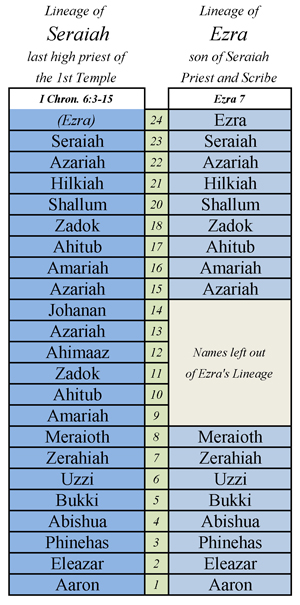 It is true that generational lists don’t always include every generation in a family tree. As Ezra’s own genealogy demonstrates he did leave out several generations in the middle of his lineage when compared to 1 Chron. 6:3-25. This omission though does not provide any grounds to assume that there were also names missing between Ezra and his father Seraiah.
It is true that generational lists don’t always include every generation in a family tree. As Ezra’s own genealogy demonstrates he did leave out several generations in the middle of his lineage when compared to 1 Chron. 6:3-25. This omission though does not provide any grounds to assume that there were also names missing between Ezra and his father Seraiah.
If we allow ourselves to take such liberties with the text without contextual support then all lists would then be fair game to insert additional generations as we arbitrarily deem necessary to adjust Biblical history to meet our own criteria. Quite frankly such an approach undermines the credibility of the Scripture. Ezra was a scribe, that means he was well versed in the Torah. If he left names out in the middle of his lineage he could have simply done so for brevities sake. To use this omission as some sort of spring board to assume further missing name between his lineage and his father Seraiah is simply unsupported speculation, necessitated by a desire to stretch the chronology of the 2nd temple era.
The reason Mr. Lanser needs to seen missing generations between Seraiah and Ezra is because Ezra’s father Seraiah was the last high priest of Solomon’s temple and he was killed in Babylon in the 19th year of Nebuchadnezzar (2 Kings 25:18-20). By no reasonable interpretive method can Mr. Lanser’s chronology justify Ezra as the son of Seraiah in its most natural sense because taking this passage in its most plain sense would make Ezra over 140 years old by the time 21st year of the Persian king Longimanus.
The following chart shows the age of Ezra relative to the Persian kings Darius and Longimanus. Without inserting arbitrary generations in the lineage of Ezra this chart shows why Ezra and “Artaxerxes” Longimanus could in no reasonable way be considered contemporaries.
Interestingly, one might argue that Ezra may have returned to Jerusalem with Zerubbabel for a short period of time. In Nehemiah 12:1 a priest by the name of Ezra did in fact return to Jerusalem. The text does not tell us who this Ezra was, but we cannot say definitively that it was not our Ezra the priest and scribe. And lest you think it unusual to find Ezra back in Persia by the 6th year of Darius, consider that the Scriptures tells us Nehemiah, as an officer of the king, traveled back and forth between Jerusalem and Shushan in Persia. If we are going to speculate here, we could assume a high likelihood that there was much traffic between the Jewish community in Judah and those still in Persia, including those Hebrew men who were officiating on king Darius Artaxerxes’ behalf.
Now these are the priests and the Levites that went up with Zerubbabel the son of Shealtiel, and Jeshua: Seraiah, Jeremiah, Ezra, Amariah, Malluch,… Nehemiah 12:1-2
Ezra In the Historical Records
Ezra really is important to fixing the chronology of the 2nd temple period. In this article I’ve given you several reasonable pieces of Biblical evidence that show Ezra was a contemporary of Darius “Artaxerxes”. Now let me give you several historical references which also indicate Ezra was the literal son of Seraiah just as the Bible describes. These sources are not scriptural, but represent Jewish oral and written traditions as well as two references from the apocryphal books of Esdras. At the very least these references show that Ezra’s contemporaneous relationship to Darius “Artaxerxes” was well understood by the Jewish people.
-
- Daniel now received the Divine charge to urge Cyrus to rebuild the Temple. To this end he was to introduce Ezra and Zerubbabel to the king. Ezra then went from place to place and called upon the people to return to Palestine. Sad to say, only a tribe and a half obeyed his summons. Indeed, the majority of the people were so wroth against Ezra that they sought to slay him. He escaped the peril to his life only by a Divine miracle. (LOUIS GINZBERG. THE LEGENDS OF THE JEWS VOL. I – IV (Kindle Locations 18416-18420). Kindle Edition.)
- The complete resettlement of Palestine took place under the direction of Ezra, or, as the Scriptures sometimes call him, Malachi. He had not been present at the earlier attempts to restore the sanctuary, because he could not leave his old teacher Baruch, who was too advanced in years to venture upon the difficult journey to the Holy Land. …. (LOUIS GINZBERG. THE LEGENDS OF THE JEWS VOL. I – IV (Kindle Locations 18523-18530). Kindle Edition.)
- … for it is written [Ezra, vi. 15]: “And this house was finished on the third day of the month Adar, which was in the sixth year of the reign of Darius the King.” And we have learned in a Boraitha: At the same time in the following year Ezra and the children of the captivity went up from Babylon, and the Bible says about this [Ezra, vii. 8]:(The Babylonian Talmud Kindle Edition)
- The second book of the prophet Esdras, the son of Saraias….which was captive in the land of the Medes, in the reign of Artexerxes king of the Persians.(4 Esdras 1:1-3)
- In the thirtieth year after the ruin of the city I was in Babylon [554 BC], and lay troubled upon my bed, and my thoughts came up over my heart:(4 Esdras 3:1)
- Jewish Encyclopedia —– The Babylonian captivity lasted seventy years. Ezra sanctified Palestine in the seventh year of the second entrance, after the sixth year of Darius, when the Temple was dedicated (Ezra vi. 15, 16; vii. 7). The first cycle of shemiṭṭah began with the sanctification of Ezra. The Second Temple stood 420 years, and was destroyed, like the First, in the 421st year, on the closing of the shemiṭṭah (‘Ar. 13a).
In this article I’ve given you several vectors of contextual Biblical evidence which all show that Ezra was the son of Seraiah and that he was a contemporary of Darius Artaxerxes. This evidence combined with what we’ve learned about the 1st and 2nd generational relationship of the priests and Levites of Nehemiah 10 & 12 provides compelling evidence that the events described in the book of Ezra and Nehemiah took place during the reign of Darius I ‘The Great’ Persian king whom the Bible also identifies as “Artaxerxes” decades before that title was taken as a throne name by Darius’ grandson Longimanus.
The Sanballat Double Standard
There is one last aspect of Mr. Lanser’s Seraiah Assumption that I believe needs to be addressed because it illustrates the lengths to which so many decent scholars are willing to go to find evidence for their belief that the “Artaxerxes” of Ezra and Nehemiah was the Persian king Longimanus.
As you read the following passage keep in mind that Mr. Lanser and many of his peers when reading the names of the priests and Levites of Nehemiah 10 and 12 cannot accept that these men are 1st and 2nd generations because some of the priests and Levites have the same name (the papponymy assumption).
Yet when it comes to the Bible’s mention of Sanballat the Horonite in Nehemiah 2, Biblical scholarship lauds this Sanballat as the very same Sanballat the governor of Samaria because he is mentioned in the Elephantine Papyri dated to the 407 BC. This despite the fact that at no point does the Bible tell us that Sanballat the Horonite was the governor of Samaria, despite the fact that Sanballat was a very common name in the 2nd temple era, and despite the fact that historians to this day have no real clarity as to how many Sanballat governors of Samaria there actually were. Mr. Lanser explains it this way:
Sanballat in the Elephantine Papyri
Lastly, I would point out the mention of Sanballat, the local leader Nehemiah contended with, in Elephantine papyri that place him alive in 407 BC. As described at https://theosophical.wordpress.com/2011/09/07/biblical-archaeology-31-the-elephantine-papyri/:
One letter is of particular note. The “Petition to Bagoas” is a letter written by Yedaniah bar-Gemariah on November 25, 407 BC (the 17th year of King Darius) to Bagoas, the Persian governor of Judea, asking for assistance in the rebuilding of a Jewish temple in Elephantine that had been damaged by Egyptian priests in the community. On the reverse side at the very end it mentions another letter that had been sent to the sons of Sanballat, governor of Samaria:
“We have also set forth the whole matter in a letter in our name to Delaiah and Shelemiah, the sons of Sanballat, the governor of Samaria. Furthermore, Arsames (the Persian satrap) knew nothing of all that was perpetrated on us. On the twentieth of Marheshwan, the seventeenth year of Darius the King.”
The precise dating of this letter, in the seventeenth year of the reign of Darius II Nothus who succeeded Artaxerxes I Longimanus, together with the explicit naming of Sanballat alongside his two sons who were old enough to be the primary recipients of a second official letter, should make it clear that Nehemiah’s arrival in Jerusalem must be placed in the twentieth year of an “Artaxerxes” compatible with that date. Only Artaxerxes I Longimanus meets the dating requirements; placing Nehemiah’s arrival in the twentieth year of Darius I (502/501 BC) is far too early for Sanballat to have been a middle-aged man at that time. When I pointed this out to Mr. Struse in a private email, he replied:
The fact that a Sanballat was mentioned in the Elephantine papyri is not proof that this was the Sanballat of Nehemiah’s day. In fact Sanballat was a very common name especially during the reigns of Nebuchadnezzar and Darius. The International Standard Bible Encyclopedia has this to say about Sanballat:
Sanballat is the Babylonian Sin-uballit, “may Sin give him life,” a name occurring a number of times in the contract tablets from the time of Nebuchadnezzar, Nabonidus, and Darius Hystaspis. (See Tallquist, Neubabylonisches Namenbuch, 183) (emphasis added by Struse).
The problem here is that Mr. Struse has jumped to a conclusion that overlooks a key point made by Robert Dick Wilson in the aforementioned ISBE article, online at https://biblehub.com/topical/s/sanballat.htm. It is this: the Sanballat in question was clearly not only a governor of Samaria, he was also the father of two sons named Delaiah and Shelemiah. These are men who were rulers of the Samaritans and are known from the Elephantine papyri to have lived in the late fifth century BC. These further identifiers make this Sanballat a very specific person that stands out from any others who may have borne that name, and only this particular Sanballat matters to us. Certainly, the name may have been found at other times and in other contexts, just like the multiple examples of papponymy given in the previous article. But how many of them were governors who also fathered sons named Delaiah and Shelemiah?
Summarizing the Sanballat Double Standard
To put this Sanballat double standard a bit more bluntly, it claims that we can’t accept Nehemiah 10 and 12 as straight forward accounts of chronological history because some of the priests and Levites have the same names and this somehow proves, without any deference to the context, that those names must have been used papponymically. Yet we must accept that “Sanballat the Horonite” mentioned in the Bible is the very same “Sanballat the governor” of Samaria of the Elephantine Papyri because these two individuals have the same name.
In Conclusion
I hope this series of articles has helped you wrap your mind around the chronology of the 2nd temple era. I also hope that I’ve illustrated the dangers of making assumptions that the Bible cannot be taken at face value in its most natural and reasonable sense. So much confusion has been introduced into the subject because scholars have looked passed the most natural reading of the text and made unwarranted assumptions. The Biblical account really is straight forward. Only when the reader steps outside a chronological reading of the text and imposes a so called “thematic” or other arbitrary framework around the text do the books of Ezra and Nehemiah become a hopelessly confusing chronological mess.
It is my belief that a straight forward and chronological reading of the texts of Nehemiah and Ezra provides the clearest and most compelling understanding of these books and it shows just how accurate the Biblical record is when it describes the history of the 2nd temple era.
If you’ve followed these series of articles closely then some of you realize the real root cause of the chronological confusion surrounding the 2nd temple era is a well meaning but misguided attempt to stretch the chronology of the 2nd temple era so that most interpretations of the prophecy of Daniel 9 find their fulfillment in Yeshua of Nazareth. That is the only reason compelling enough for scholars to turn a blind eye towards a contextual and plain sense reading of the history described in the books of Ezra and Nehemiah.
But this need not be the case. The chronology of the 2nd temple era can be read in a straight forward and plain sense way without sacrificing the credibility of the prophecy of 70 Sevens and its fulfillment in Yeshua. I’ve demonstrated this in multiple articles at this blog and in my book Daniel’s 70 Seven: The Keystone of Bible Prophecy. Those of you who take your stewardship of Yahweh’s wonderful word seriously I encourage you to do your own due diligence and “see if these things be so.”
Maranatha!
Articles related to this series:
The Seraiah Assumption by Rick Lanser of Associates for Biblical Research
The Seraiah Assumption: Wrapping up Loose Ends by Rick Lanser
My response to Rick Lansers – The Seraiah Assumption:
Introduction – The Associates for Biblical Research Responds to the Artaxerxes Assumption
Part I – Cyrus to Darius: The 2nd Temple Context of Ezra 4
Part II – Darius & Artaxerxes: The Context of the Word to Restore & Build Jerusalem
Part III – Darius the great Persian Artaxerxes: A Contextual Look at the Book of Ezra in the Light of Persian History
Part IV – Darius and the Kingdom of Arta
Part V – Darius, Artaxerxes, & the Bible: Confirming Royal Persian Titulature
Part VI – Mordecai & the Chronological Context of Esther
Part VII – Esther, Ahasuerus, & Artaxerxes: Who was the Persian King of 127 Provinces?
Part VIII – Darius I: A Gentile King at the Crux of Jewish Messianic History
Part IX – The Priests & Levites of Nehemiah 10 & 12: Exploring the Papponymy Assumption

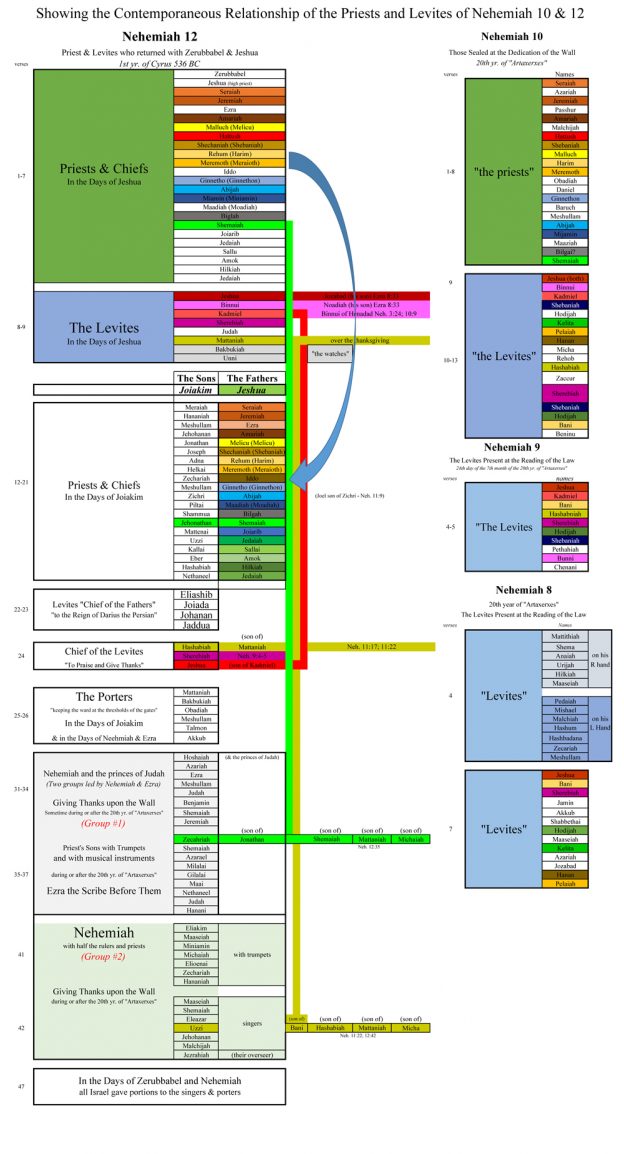
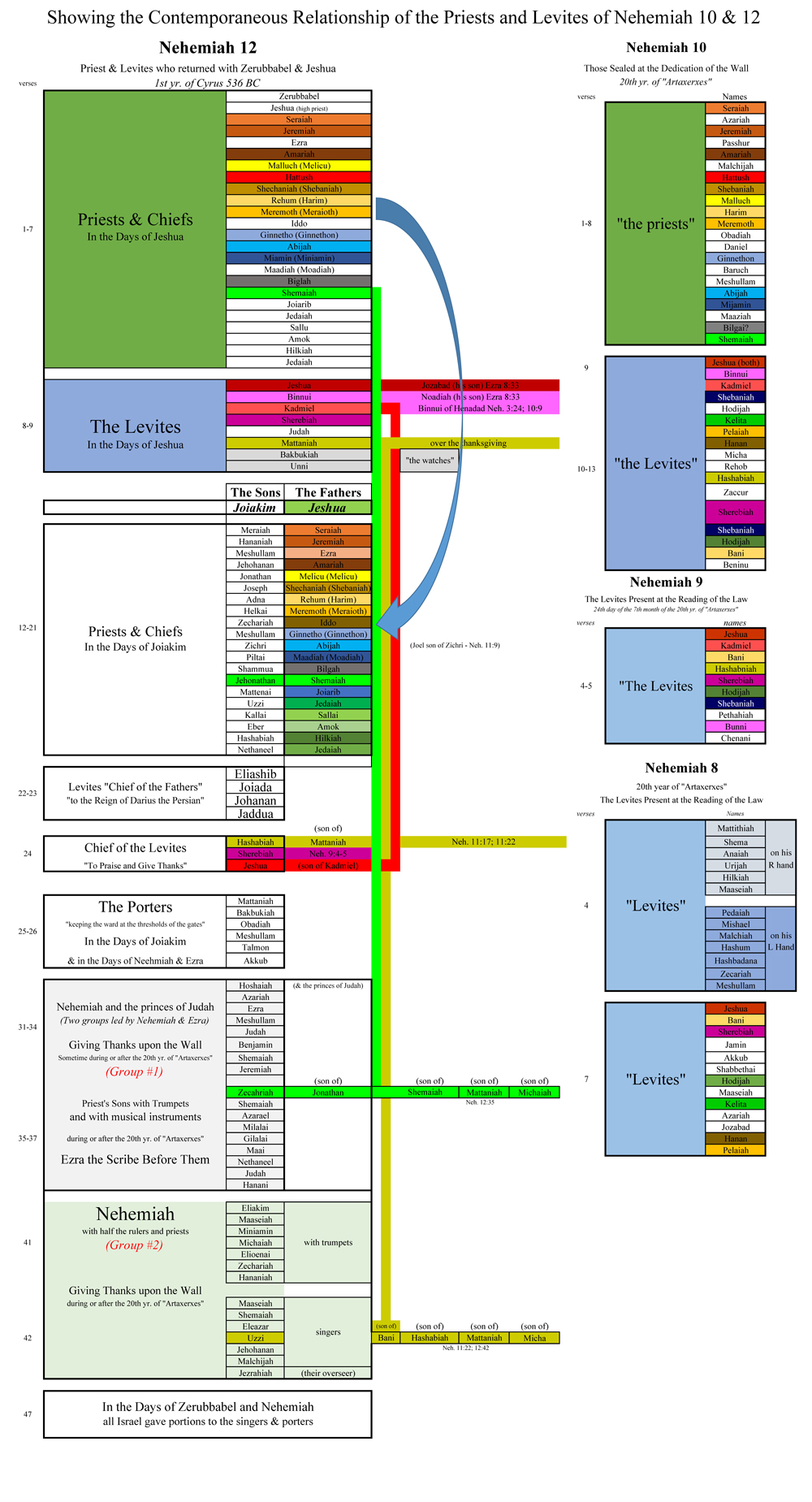
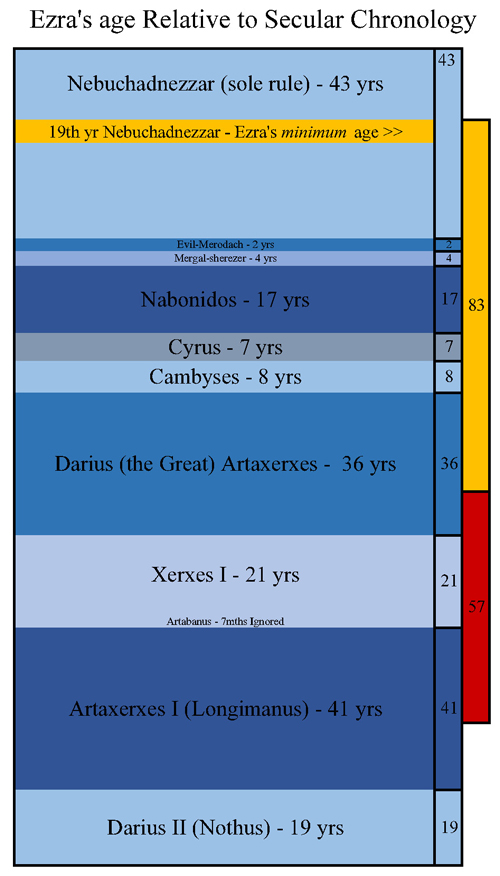




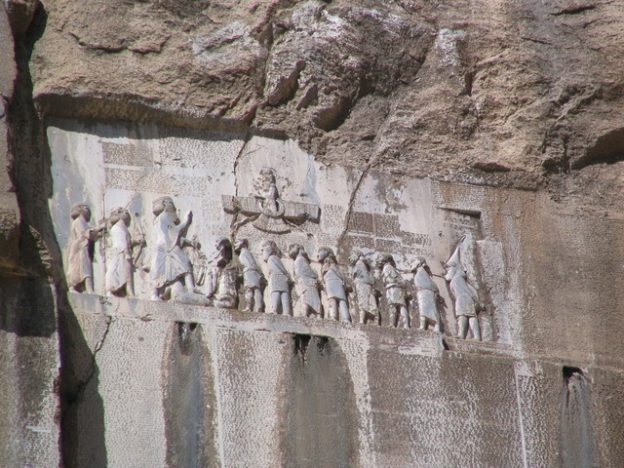
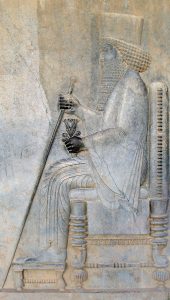
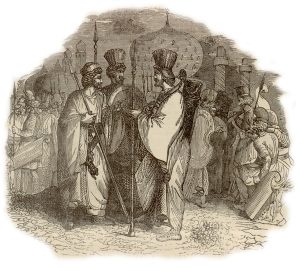
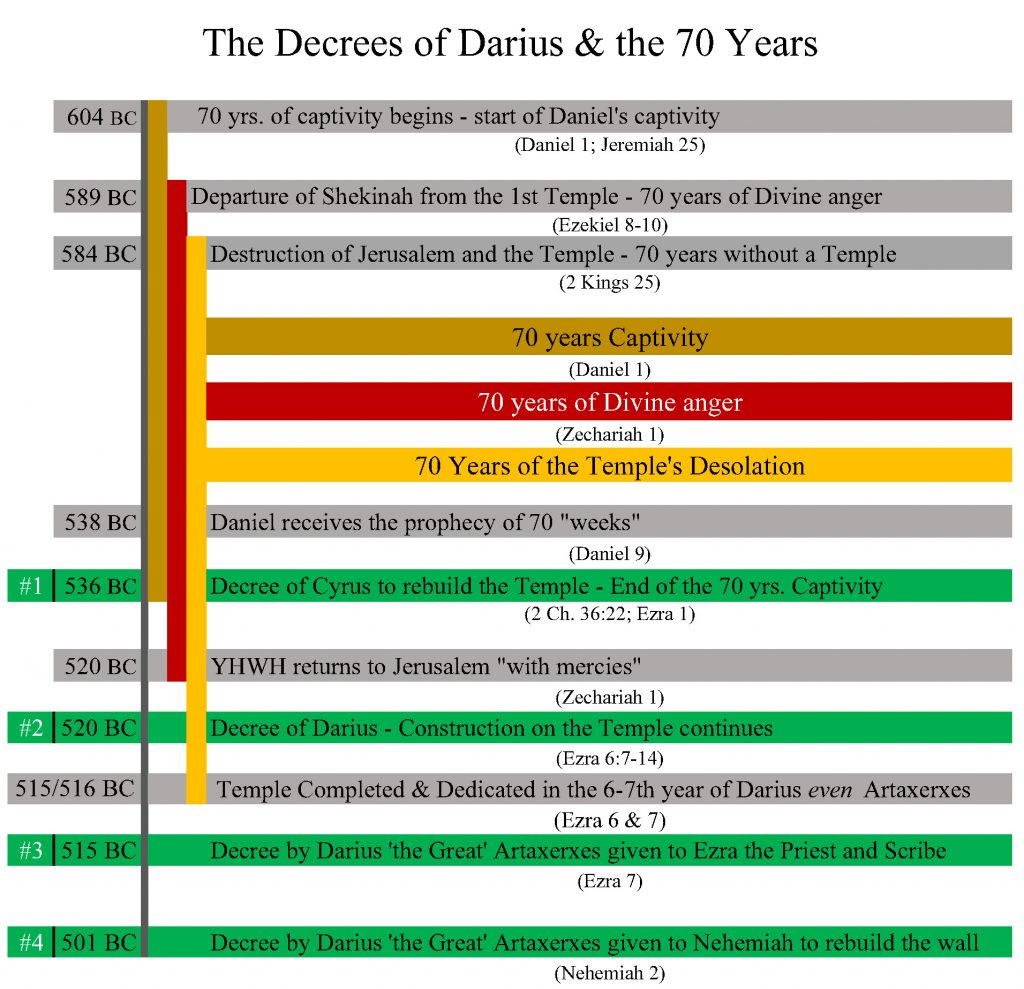
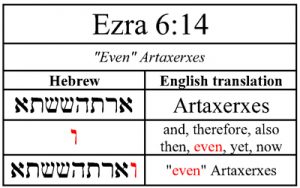
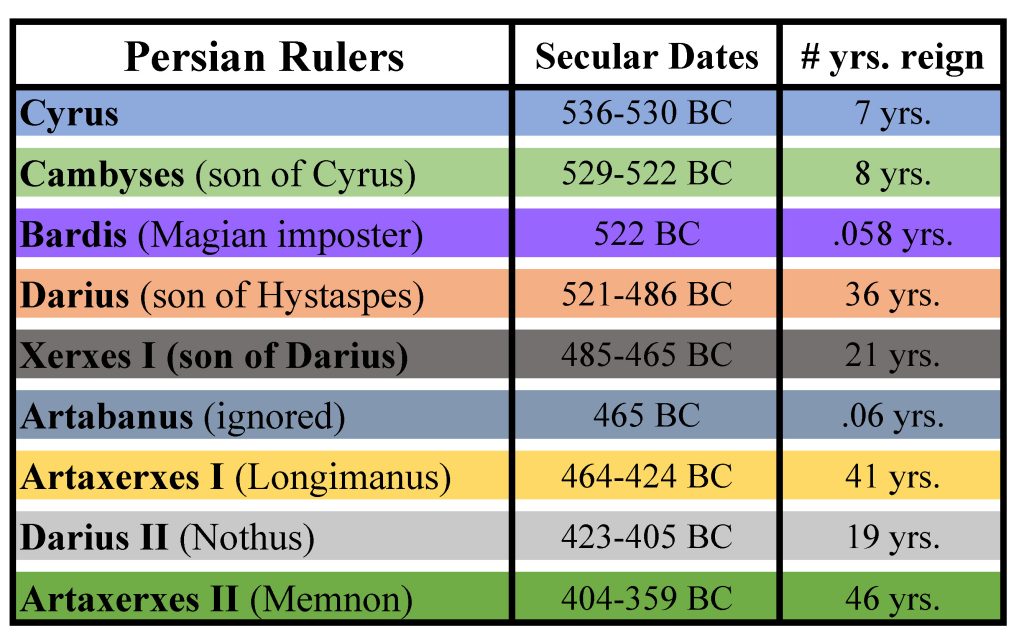
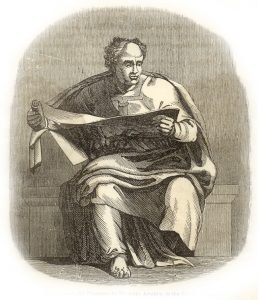
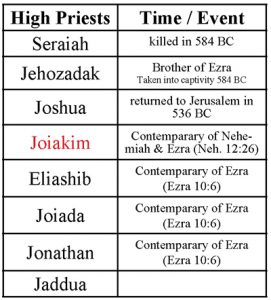
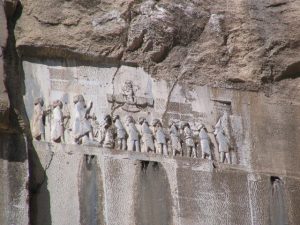
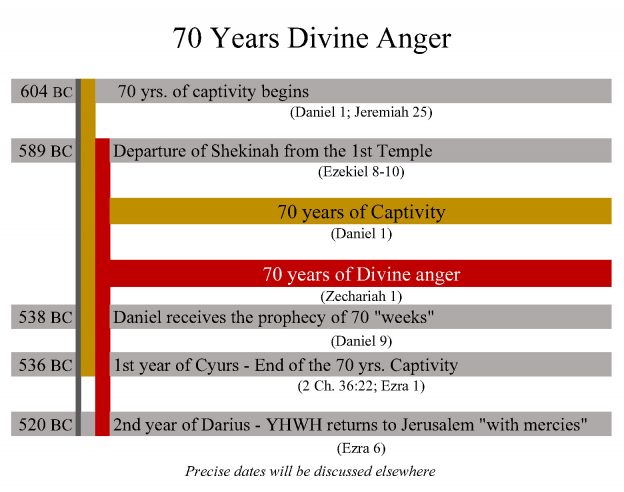
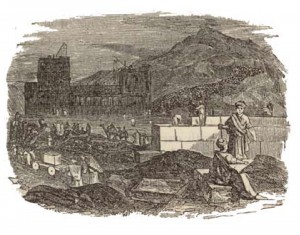
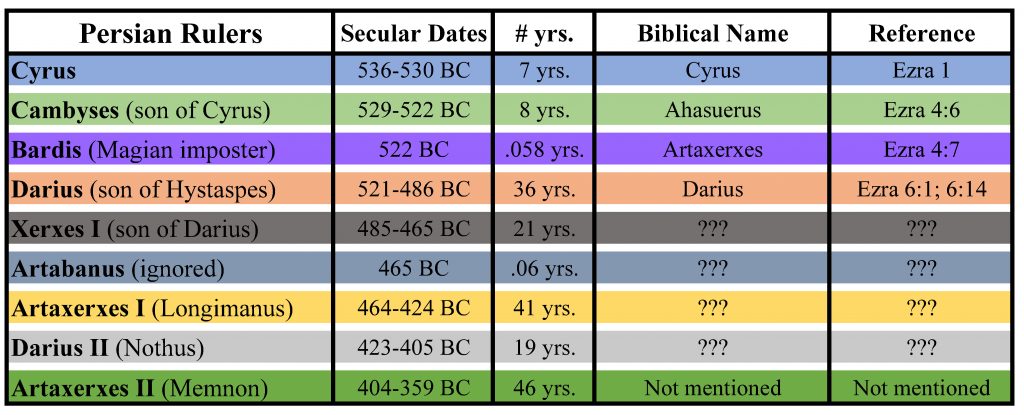
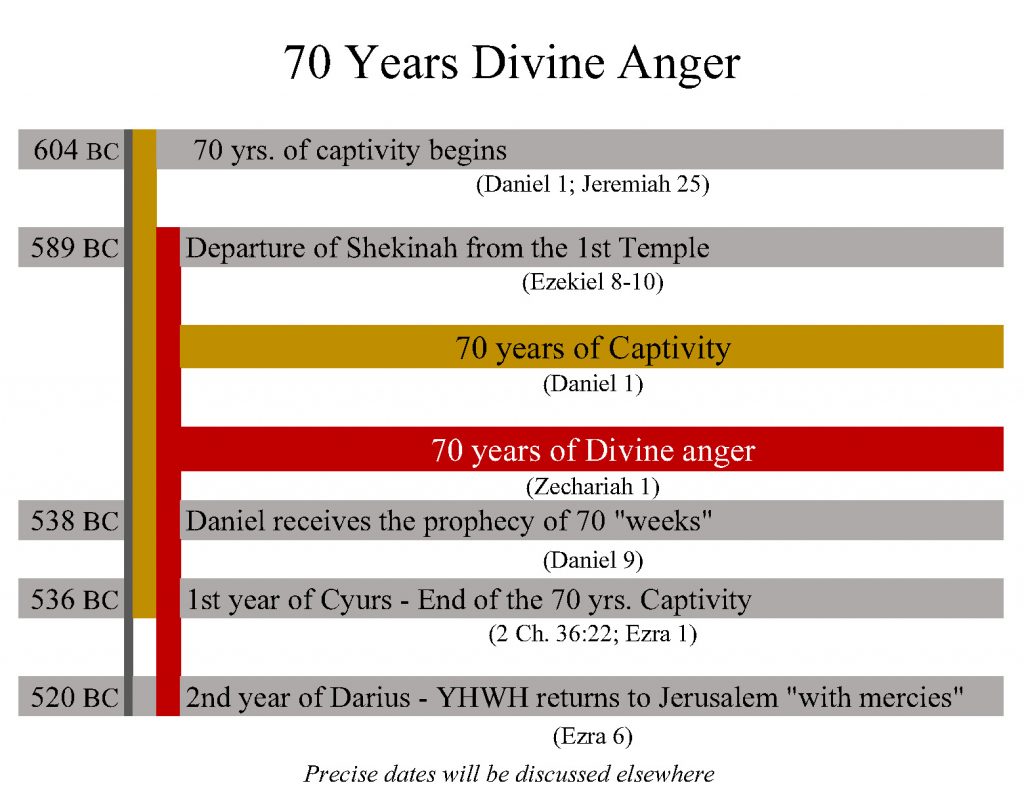
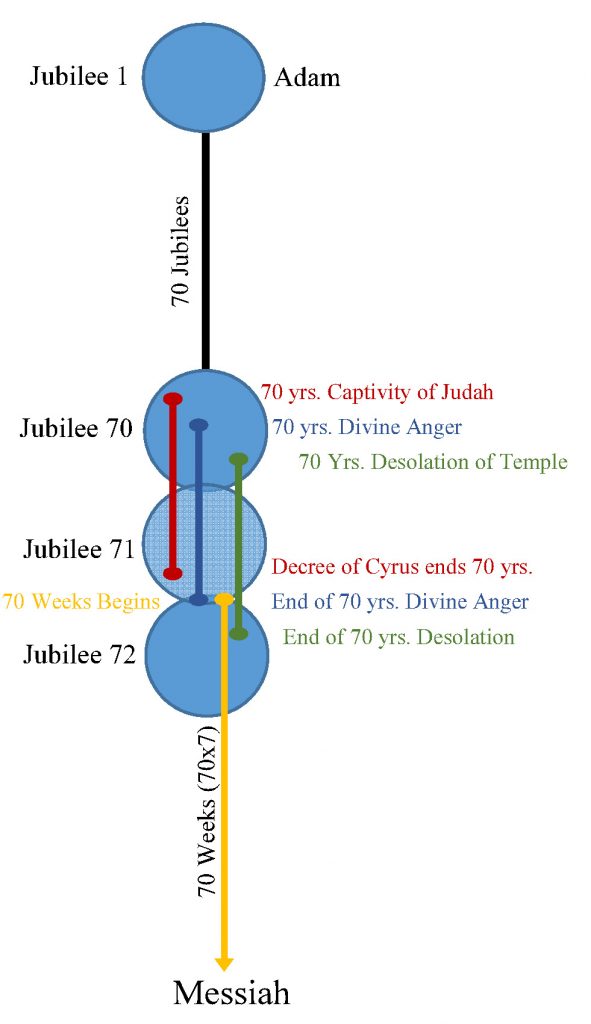
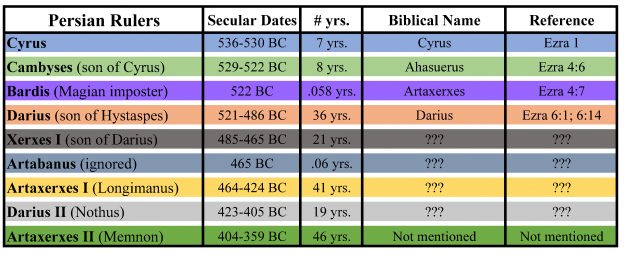
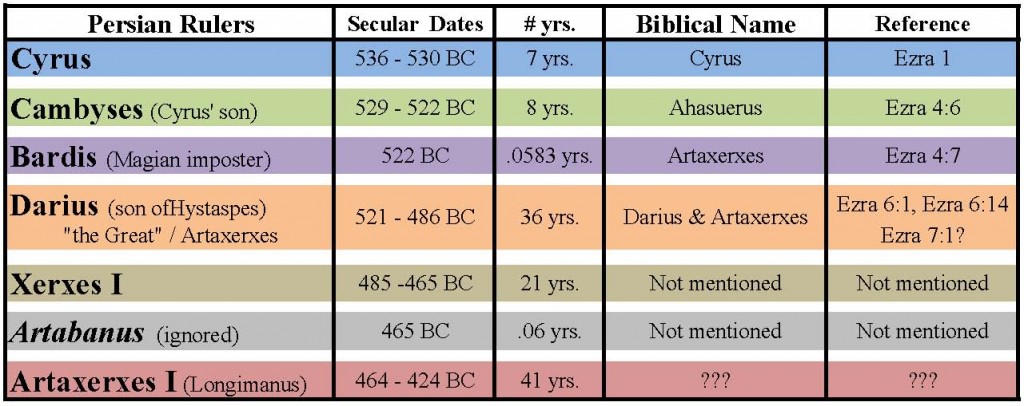
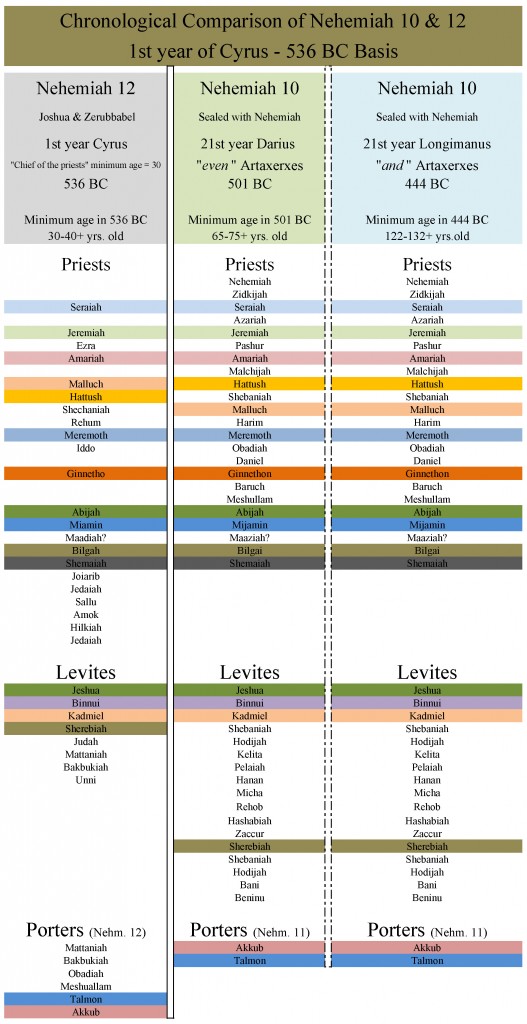
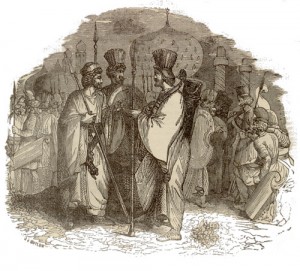
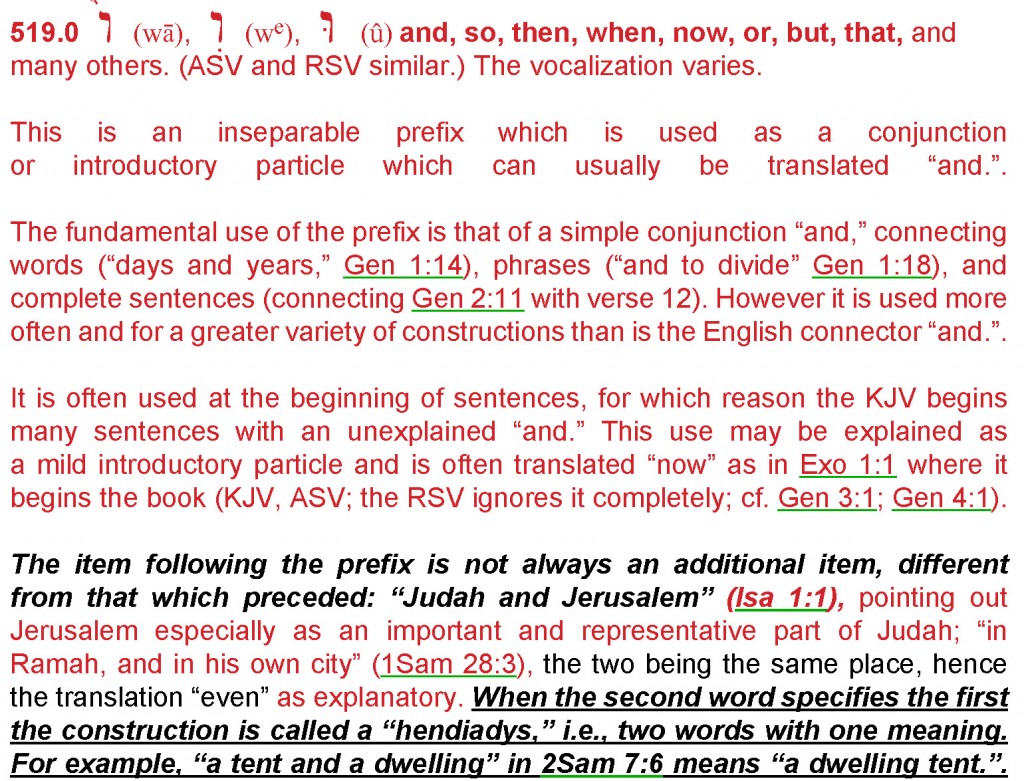 For those who read the entire excerpt you saw the
For those who read the entire excerpt you saw the 